阿甘本:什么是装置?
“空间的零度”(0° Space )
艺术家:郭鸿蔚、蒋鹏奕、罗晓冬、吴晓航、周俊辉
策展人:翁志娟
时间:2011年4月16日—5月15日
地点:上海艾可画廊 AIKE-DELLARCO ( 莫干山路50号1号楼2楼 )
“空间”的概念不仅包括了物理空间、意识空间,还包括其它各种综合性空间,“零度”经常被喻为空无所有,在这里指的是中性、客观性、无趋向性和独立性,“空间的零度”指回归到空间的原点,注重的是空间形式本身,但它不是孤立存在,强调了一种意识形态的介入。展览标题来源于罗兰·巴特提出的“写作的零度”与丹尼·布伦曾经实践过的“绘画的零度”。此次参展的艺术家们在各自的研究领域将“空间”作为独立客体和观察思考的对象进行了一次全新的创作。
周俊辉对于空间的考察是从他一贯的艺术史角度出发,契里柯《一条街道的神秘和忧郁》画面中的空间有着非理性的秩序和哲学意味,他选择了这件对自己有影响的作品进行消解与重构,制作成由无数张小照片拼成的摄影作品,每张小照片的内容都是一个完整的空间,周俊辉在现场把自己的影子画在墙面上,以此打通现实与历史相隔的空间。
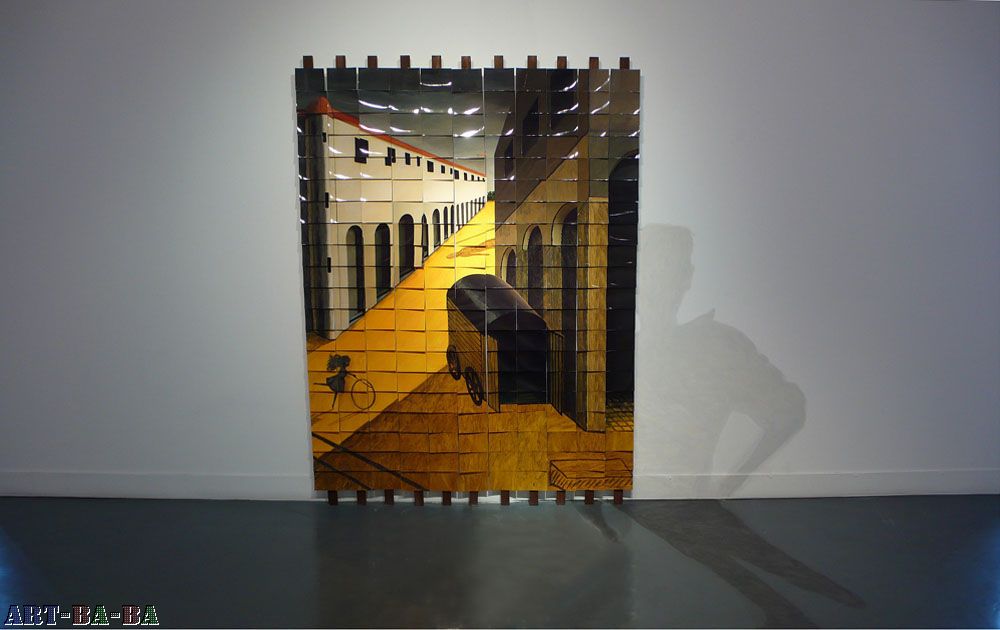
周俊辉 《一条街的神秘和忧郁》
罗晓冬的空间实践针对的是艺术体制内部发生的各种变化和可能性,例如通过工作经验和专业背景所获得的一些身份认同,它涉及到艺术机构、艺术家、画廊主、策展人、东西方文化的对比、性别差异等,罗晓冬将举办此次展览的画廊主Roberto Ceresia与策展人翁志娟的剪影描绘在展厅的两堵垂直墙面上,呈现对话模式的两张空椅子被置于画面之前,它们所形成的空间关系构筑了一个达成沟通的场域。
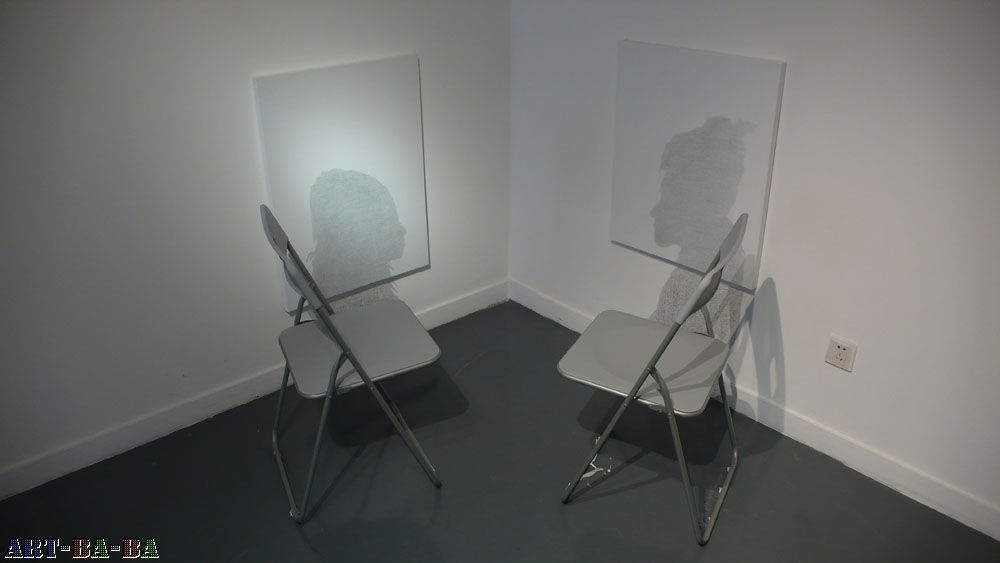
罗晓冬 《南·北》
蒋鹏奕在新作中探讨了社会和政治实践的空间,作品《不被注册的城市》将巨大城市空间中的高楼大厦置于充满建筑遗骇的狭促空间中,时空错置带来的矛盾感呈现出中国在现代化进程中由于过度建设而引发的危机。这一系列的其它作品使蒋鹏奕在不久前获得法兴银行中国艺术奖2010评委会大奖。
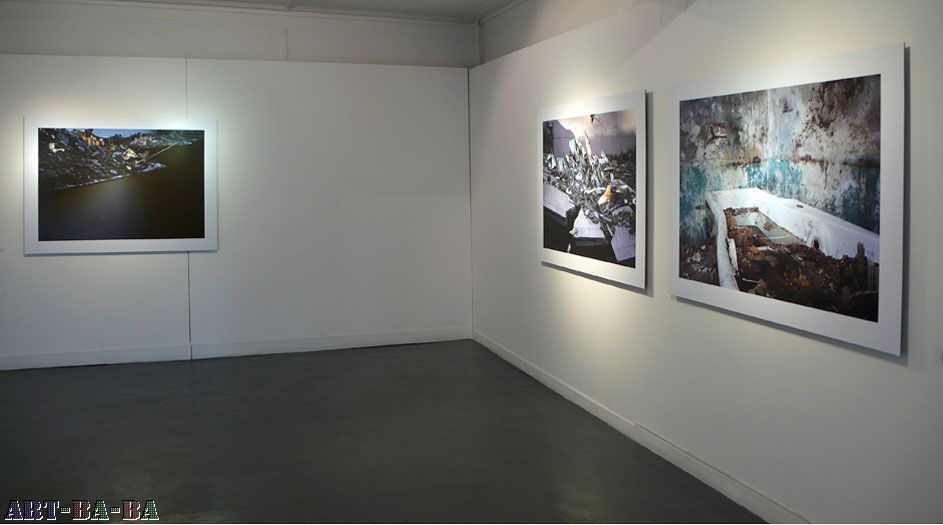



蒋鹏奕《不被注册的城市》6、7、8
另外两位艺术家的作品分别涉及公共空间与私密空间话题。吴晓航使用个人化的语言来描绘公共空间中的墙角、柱子、窗户、转角等建筑结构,这些绝对的、静止的、形而上的无名场景与她曾经在德国生活时受到的影响有关。
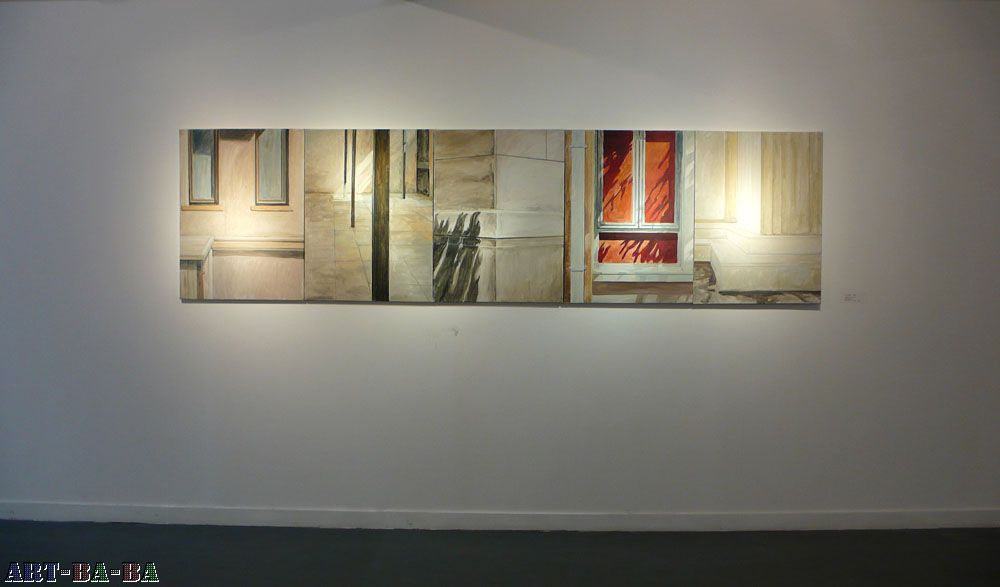
吴晓航《室外》1、2、3、4、5
郭鸿蔚用接近单色的水彩来描绘漆黑的房间、窗台与窗帘、角落、插座等,图像来自于房屋中介公司网站上的出租屋照片,这种拍摄粗糙只剩结构与光线的空房间符合他个人对于空间美感的要求,作品既富有诗意也是个人情绪与记忆的物化。
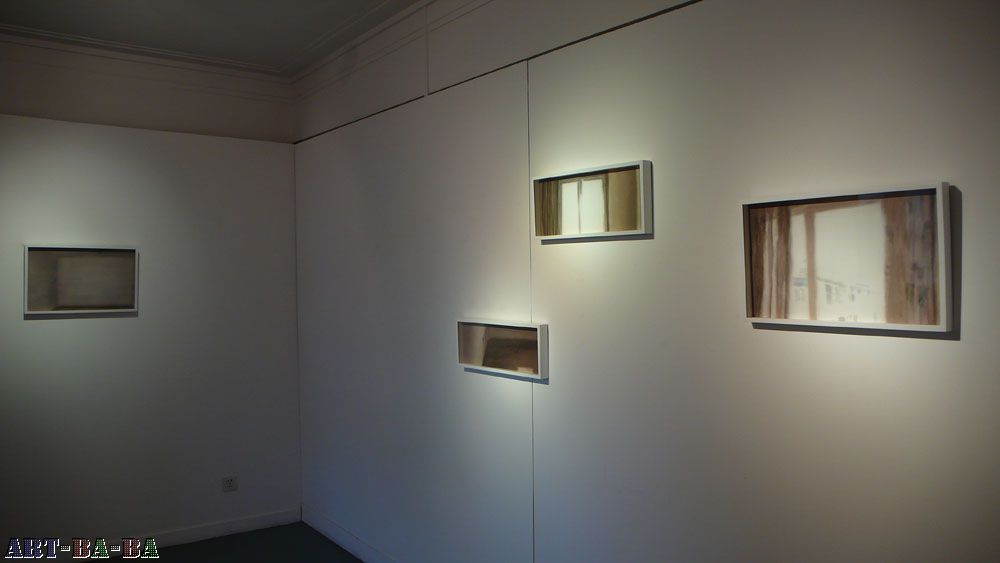
郭鸿蔚《暂存》1、2、3、4
艺术家:郭鸿蔚、蒋鹏奕、罗晓冬、吴晓航、周俊辉
策展人:翁志娟
时间:2011年4月16日—5月15日
地点:上海艾可画廊 AIKE-DELLARCO ( 莫干山路50号1号楼2楼 )
“空间”的概念不仅包括了物理空间、意识空间,还包括其它各种综合性空间,“零度”经常被喻为空无所有,在这里指的是中性、客观性、无趋向性和独立性,“空间的零度”指回归到空间的原点,注重的是空间形式本身,但它不是孤立存在,强调了一种意识形态的介入。展览标题来源于罗兰·巴特提出的“写作的零度”与丹尼·布伦曾经实践过的“绘画的零度”。此次参展的艺术家们在各自的研究领域将“空间”作为独立客体和观察思考的对象进行了一次全新的创作。
周俊辉对于空间的考察是从他一贯的艺术史角度出发,契里柯《一条街道的神秘和忧郁》画面中的空间有着非理性的秩序和哲学意味,他选择了这件对自己有影响的作品进行消解与重构,制作成由无数张小照片拼成的摄影作品,每张小照片的内容都是一个完整的空间,周俊辉在现场把自己的影子画在墙面上,以此打通现实与历史相隔的空间。
周俊辉 《一条街的神秘和忧郁》
罗晓冬的空间实践针对的是艺术体制内部发生的各种变化和可能性,例如通过工作经验和专业背景所获得的一些身份认同,它涉及到艺术机构、艺术家、画廊主、策展人、东西方文化的对比、性别差异等,罗晓冬将举办此次展览的画廊主Roberto Ceresia与策展人翁志娟的剪影描绘在展厅的两堵垂直墙面上,呈现对话模式的两张空椅子被置于画面之前,它们所形成的空间关系构筑了一个达成沟通的场域。
罗晓冬 《南·北》
蒋鹏奕在新作中探讨了社会和政治实践的空间,作品《不被注册的城市》将巨大城市空间中的高楼大厦置于充满建筑遗骇的狭促空间中,时空错置带来的矛盾感呈现出中国在现代化进程中由于过度建设而引发的危机。这一系列的其它作品使蒋鹏奕在不久前获得法兴银行中国艺术奖2010评委会大奖。



蒋鹏奕《不被注册的城市》6、7、8
另外两位艺术家的作品分别涉及公共空间与私密空间话题。吴晓航使用个人化的语言来描绘公共空间中的墙角、柱子、窗户、转角等建筑结构,这些绝对的、静止的、形而上的无名场景与她曾经在德国生活时受到的影响有关。
吴晓航《室外》1、2、3、4、5
郭鸿蔚用接近单色的水彩来描绘漆黑的房间、窗台与窗帘、角落、插座等,图像来自于房屋中介公司网站上的出租屋照片,这种拍摄粗糙只剩结构与光线的空房间符合他个人对于空间美感的要求,作品既富有诗意也是个人情绪与记忆的物化。
郭鸿蔚《暂存》1、2、3、4

up~
ARTFORUM英文版对展览的报道:
Shanghai“0° Space”
AIKE-DELL'ARCO GALLERY
50 Moghanshan Road, Floor 2, Building 1
April 16–May 15
Jiang Pengyi, No. 8, 2010, color photograph, 37 1/2 x 49”. From the series “Unregistered Cities,” 2010.
Ideas of both physical and existential space—with spaces conceived as ambiguous vessels to be filled or emptied—are central to this group show. For this reason, almost all of the works on view deal with the rapidly changing city, the prime site of displacement and disorientation in China today. The real estate brochures that constantly clog mailboxes in China were one source of inspiration for Guo Hongwei’s watercolor on paper series “The Temporary Existence,” 2011. Here, Guo uses a dusty monochromatic palette to render bare rooms with dank walls and overexposed windows. These lodgings aspire neither to domesticity nor to the romance of transience, instead resting in some fly-by-night interstice. That Guo worked solely from the advertising images, rather than the actual rooms, contributes to the feeling of getting stuck while passing through. This perpetual estrangement allows him to create a relationship with the room beyond that of hope and expectation.
Jiang Pengyi’s 2010 series “Unregistered Cities” critiques the transformation of the cityscape. The artist photographs small-scale dioramas of urban turmoil and then digitally adds images of thriving cities. In No. 8, for instance, mirror shards rising from a pile of disintegrated tile and cement reflect pristine views of buildings and skies. However, the mirrors show different cities at various times of day, leading to several levels of fragmentation. We do not see any one scene’s true reflection, which might support the “ends justify the means” defense of land developers. Instead, one finds only slivers of idealization within the rubble. This appropriation moves beyond questions of land rights to identify the shift toward the image-based city, a novel and startling transition for contemporary China.
When the individual does appear––as in the collage Mystery and Melancholy of a Street, 2011, Chow Chun Fai’s photo reconstruction of a Giorgio de Chirico image of urban alienation––it is only a marginal spectator. Chow comments on de Chirico’s menacing shadows, which are spatially illogical to begin with, by painting his own outside the frame of the original piece. This acknowledged liminality is sobering, especially considering the exhibition’s scope.
— Hunter Braithwaite
Shanghai“0° Space”
AIKE-DELL'ARCO GALLERY
50 Moghanshan Road, Floor 2, Building 1
April 16–May 15
Jiang Pengyi, No. 8, 2010, color photograph, 37 1/2 x 49”. From the series “Unregistered Cities,” 2010.
Ideas of both physical and existential space—with spaces conceived as ambiguous vessels to be filled or emptied—are central to this group show. For this reason, almost all of the works on view deal with the rapidly changing city, the prime site of displacement and disorientation in China today. The real estate brochures that constantly clog mailboxes in China were one source of inspiration for Guo Hongwei’s watercolor on paper series “The Temporary Existence,” 2011. Here, Guo uses a dusty monochromatic palette to render bare rooms with dank walls and overexposed windows. These lodgings aspire neither to domesticity nor to the romance of transience, instead resting in some fly-by-night interstice. That Guo worked solely from the advertising images, rather than the actual rooms, contributes to the feeling of getting stuck while passing through. This perpetual estrangement allows him to create a relationship with the room beyond that of hope and expectation.
Jiang Pengyi’s 2010 series “Unregistered Cities” critiques the transformation of the cityscape. The artist photographs small-scale dioramas of urban turmoil and then digitally adds images of thriving cities. In No. 8, for instance, mirror shards rising from a pile of disintegrated tile and cement reflect pristine views of buildings and skies. However, the mirrors show different cities at various times of day, leading to several levels of fragmentation. We do not see any one scene’s true reflection, which might support the “ends justify the means” defense of land developers. Instead, one finds only slivers of idealization within the rubble. This appropriation moves beyond questions of land rights to identify the shift toward the image-based city, a novel and startling transition for contemporary China.
When the individual does appear––as in the collage Mystery and Melancholy of a Street, 2011, Chow Chun Fai’s photo reconstruction of a Giorgio de Chirico image of urban alienation––it is only a marginal spectator. Chow comments on de Chirico’s menacing shadows, which are spatially illogical to begin with, by painting his own outside the frame of the original piece. This acknowledged liminality is sobering, especially considering the exhibition’s scope.
— Hunter Braithwaite
挺好的主题被糟蹋了。
什么世道,连取个名字都有人嫉妒!